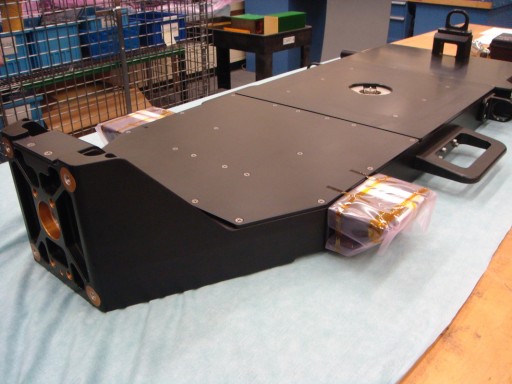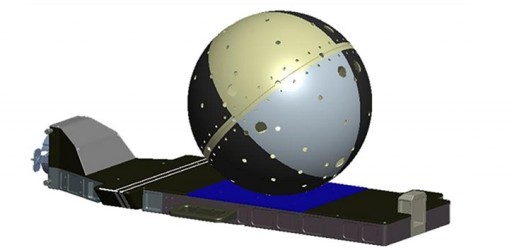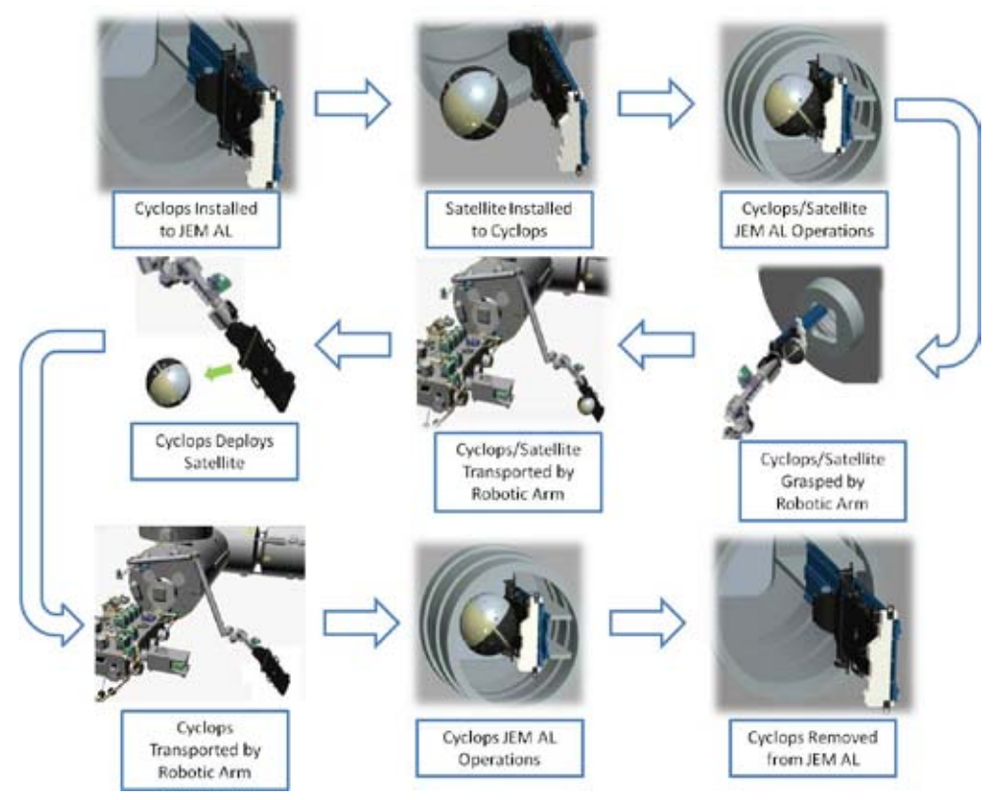SSIKLOPS

SSIKLOPS, the Space Station Integrated Kinetic Launcher for Orbital Payload Systems, is the third deployment mechanism for satellites to be released from the International Space Station to be operated alongside the JEM Small Satellite Orbital Deployer (J-SSOD) and the NanoRacks CubeSat Deployer (NRCSD). But unlike J-SSOD and NRCSD that can only be used for CubeSats, SSIKLOPS can be used to deploy larger satellites of different shapes up to a mass of 110 Kilograms – opening up a whole new market for satellite deployments from ISS. The new deployer is of particular use for satellites of uncommon shapes which have difficulty finding a suitable launch vehicle.
SSIKLOPS is a flat structure that includes grapple fixtures for the robotic arms of the Space Station and a single grapple fixture for the satellite that is to be deployed. The fixture includes clamps and springs for the deployment of the satellite. Overall, the structure is 127 by 61 by 7.6 centimeters in size. It also includes interfaces for the slide table of the JEM Airlock. Featuring a flat structure with only one interface point to the satellite allows SSIKLOPS to launch spacecraft of all shapes only constrained by the mass limitation of 110 Kilograms and the size of the JEM airlock.

For an operational deployment, SSIKLOPS will be installed on the JEM Airlock Slide Table before crew members install the satellite on the platform. Optional inspections and functional checkouts of the satellite can be performed ahead of sliding the table inside the airlock and depressurizing it. Once the external hatch is opened, the platform will be grappled by either the Japanese Robotic Arm or Canadarm2 depending on the selected deployment position that may differ from satellite to satellite. The robotic arm will then move the platform into position to deploy the satellite into a precisely calculated direction that ensures it will not collide with ISS on subsequent orbits. SSIKLOPS will then be returned inside the Airlock to have the next satellite installed or return to its stowage location for a future deployment.
Deploying CubeSats from ISS has a number of benefits. Launching the vehicles aboard the logistics carrier of ISS visiting vehicle’s reduces the vibration and loads they have to encounter during launch. In addition, they can be packed in protective materials so that the probability of CubeSat damage during launch is reduced significantly. Also, once arriving at the Space Station, the satellites can be checked pre-deployment, making sure any damage is detected before committing them to flight.

